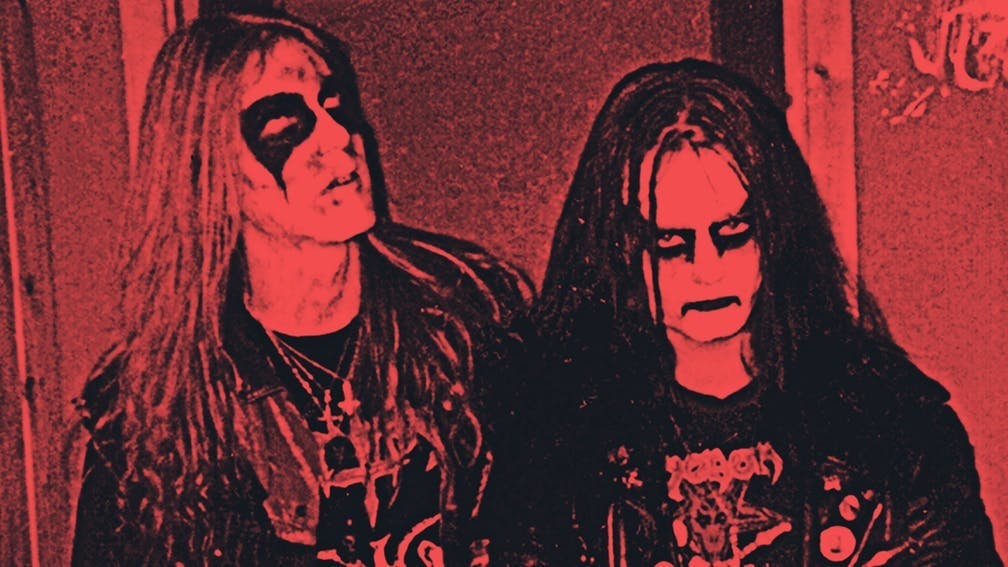By the time Freezing Moon was released on the De Mysteriis Dom Sathanas album, Mayhem’s legacy was already the darkest of any group in history. Two people were dead, one by his own hand, while a third person was serving a 21-year jail sentence for the murder of the other. Late Mayhem guitarist Øystein ‘Euronymous’ Aarseth had often spoken about the need for greater extremity and more evil in black metal. At great expense, he got it.
Two versions of Freezing Moon exist. The first remained unreleased for years, and was one of only two recordings of vocalist Dead (Per Yngve Ohlin), a young Swede who had moved to Norway to join Mayhem. A depressive boy who often spoke of a near-death experience as a child, he would talk about suicide in disarmingly casual tones. For early gigs, he would bury his stage clothes underground and smell dead birds in plastic bags. His lyrics for Freezing Moon were unsurprisingly morbid – ‘Everything here is so cold / Everything here is so dark… I remember it was here I died’ – while his vocal performance was unhinged and chilling.
He would never see it released, however. On April 8, 1991, aged just 22, Dead took his own life in the house he shared with the rest of the band. Euronymous, discovering the body, took photos and collected skull fragments to send to friends as necklaces, before calling the police.
Work continued on what would be Mayhem’s debut full-length, with Burzum’s Varg Vikernes enlisted to play bass, and a Hungarian singer, Attila Csihar, drafted in to replace Dead. Following the recording in early ’93, Attila returned to Hungary. What he would next hear from Norway was unthinkable: in the early hours of August 10, 1993, Varg stabbed Euronymous to death in his apartment. He was arrested and sentenced to 21 years.
The song itself, with its chilling, minor-chord intro where icy notes hang like corpses in the gallows, its scything main riff and demonic atmosphere, already showcased perfectly black metal’s musical abyss. But with so much genuine darkness behind it – killer and victim playing together, despite Euronymous’ parents’ request that Varg’s parts be wiped – it now stands as a chilling document of perhaps the most horrifying time in the history of music.
